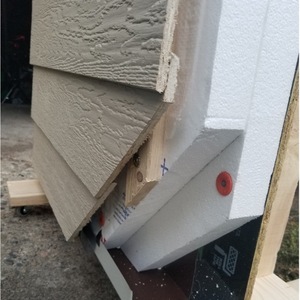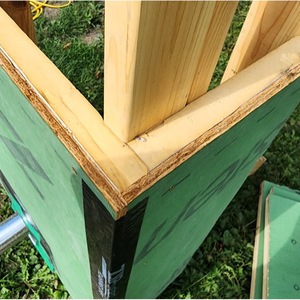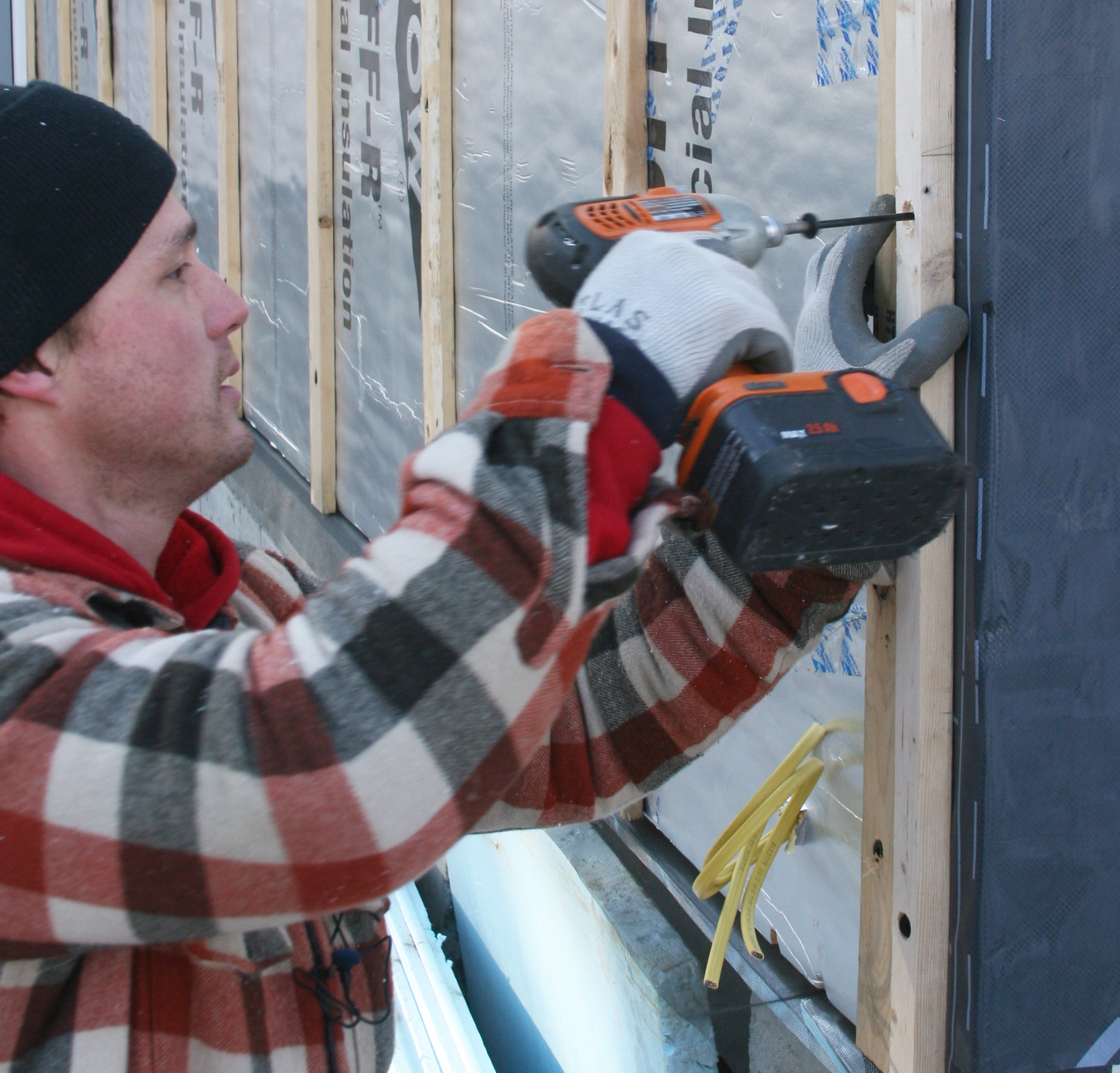
Writing from just outside Des Moines, Iowa, “Green Geek” says he is thinking about upgrading exterior sheathing from 1/2-in. fiberboard to insulated ZIP sheathing and then adding new siding. What’s making this possible is an insurance check that covers hail damage to the existing siding.
ZIP-R sheathing, which is manufactured by Huber, consists of OSB bonded to a layer of rigid foam insulation. Geek is considering the R-12.6 panels for this climate zone 5A home.
“I want to choose an exterior insulation that will make my home more comfortable and reduce energy costs,” Geek says in this recent Q&A post.” As I understand it, ZIP R-12.6 uses polyiso foam, and polyiso doesn’t perform well when temps fall below 50°F.”
Geek can look forward to four months of winter weather with temperatures ranging from a low of -5°F to 32°F; in summer, there will be three or four months of high humidity and temperatures running all the way to 105°F.
Using the insulated sheathing would make it easy to install a rainscreen and siding, Geek says. (At the moment, the 2×4 walls are insulated with fiberglass batts, so the exterior wall R-value is well below what’s required in the most recent version of the International Residential Code or IRC. However, the addition of a continuous layer of insulation at R-10 or above would bring the house into compliance.)
Is there a down side to this plan? That’s the question for this Q&A Spotlight.
Is ZIP-R really an exterior insulation?
Jon R points out that Geek may want “exterior insulation,” but technically that’s not what he’s getting with ZIP-R. The insulation layer is bonded to the inside face of the OSB. “The OSB portion of the ZIP will be cold and so more subject…
Weekly Newsletter
Get building science and energy efficiency advice, plus special offers, in your inbox.

This article is only available to GBA Prime Members
Sign up for a free trial and get instant access to this article as well as GBA’s complete library of premium articles and construction details.
Start Free TrialAlready a member? Log in















2 Comments
Isn't it strange that the polyiso manufacturers, who are working on improving cold-weather performance, aren't publishing data on the improvements they have made? Are they afraid that if they mention the issue, more people will learn about it, and they'll lose sales? If so, that's a sad state of affairs.
In the Boston area, fiber cement (James Hardy type) has become the default type of siding for single-family and low rise multi. I believe that most manufacturers require to nail the fiber-cement plank to the stud, particularly where there is a joint.
Nailing to the stud takes more work and material and many if not most contractors coming with the lowest bid probably skip that step. I am seeing plenty of loose siding boards around town, even on newer buildings, and hardly any of them have used Zip-R as far as I can tell.
My main concern with Zip-R would be with nailing siding to 7/16 OSB only without reaching the stud. Properly screwing (and gluing?) ¾” furring strips to the OSB would likely help, but detailing around that requires more skills time and money and that’s not common practice around here either.
Log in or become a member to post a comment.
Sign up Log in